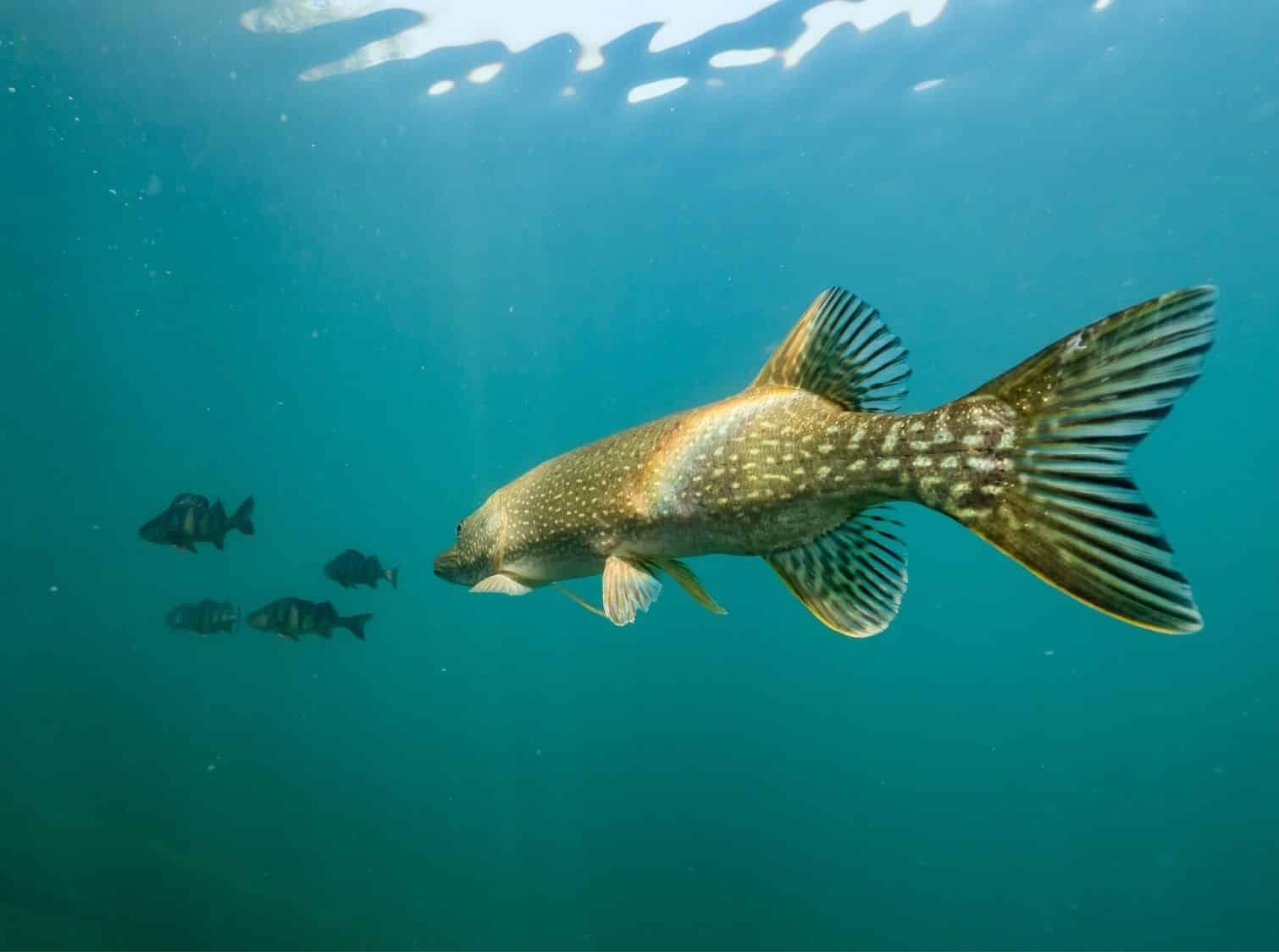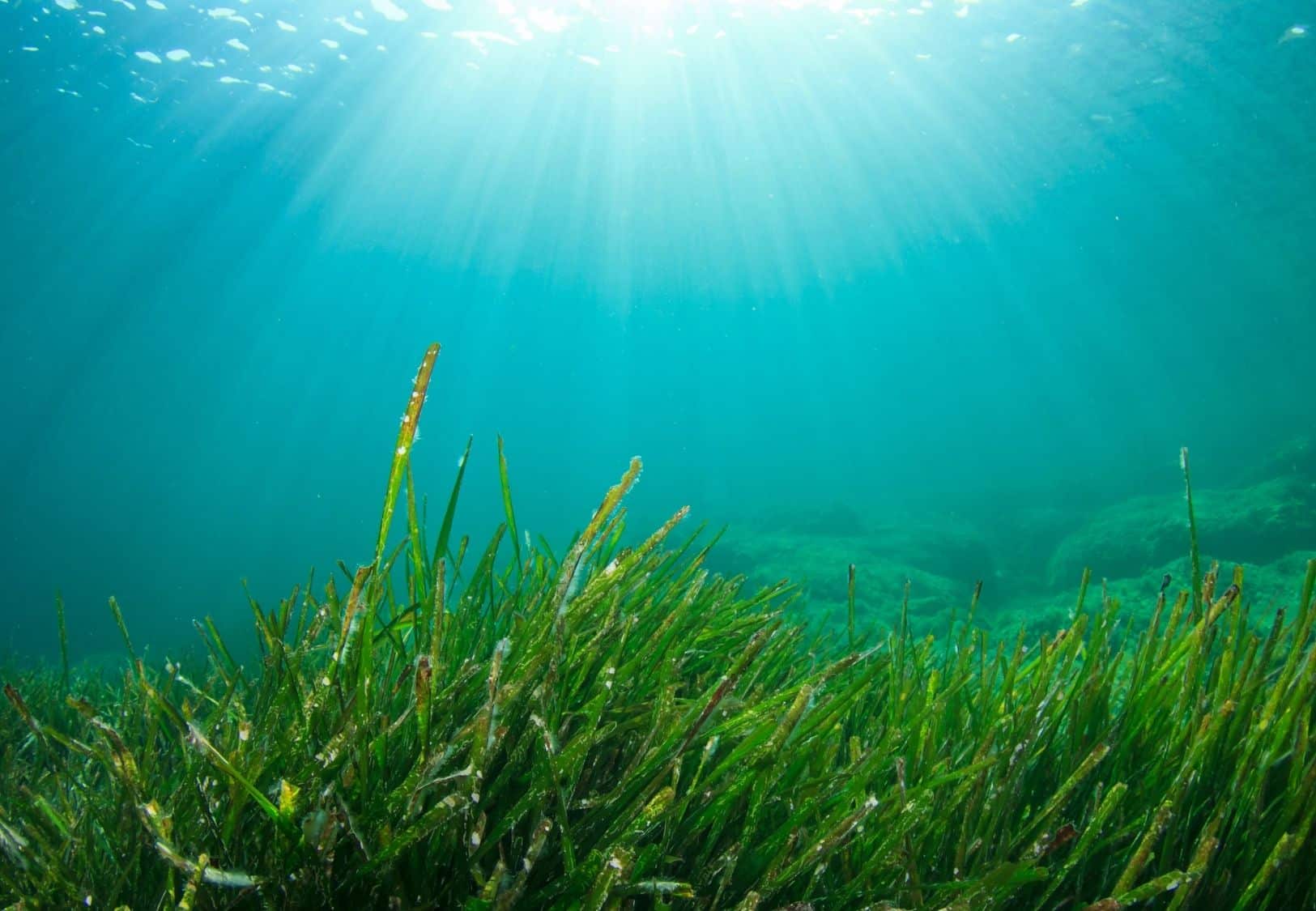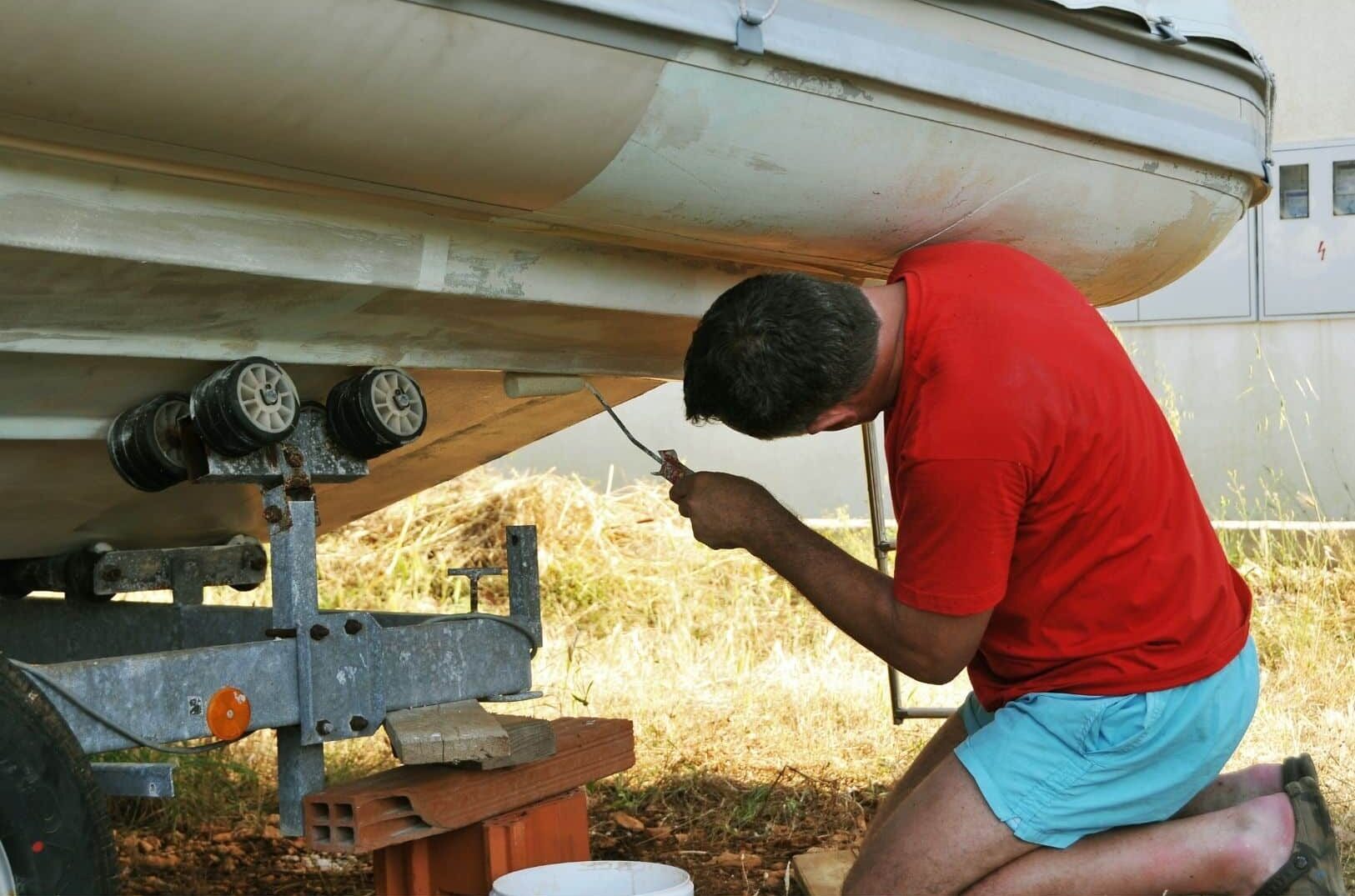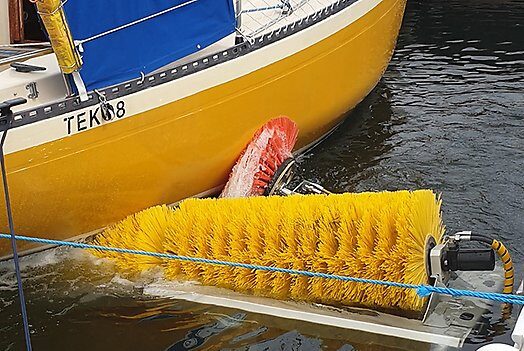Oceans and the Environment
How Antifouling Paint Affects the Ocean – and What You Can Do Instead

A Clean Hull for a Cleaner Future
The Baltic Sea is one of the world’s most unique – and vulnerable – marine environments.
As a nearly enclosed inland sea with limited water exchange, pollutants and toxins remain in the water much longer than in open oceans. The Swedish west coast is also affected by emissions, especially in sheltered bays and marinas where water circulation is low and the impact from recreational boating is greatest.
As a boat owner, your choices carry more weight than you might think – every decision you make affects the marine ecosystem.
At Cleanboat, we’re passionate about combining smart solutions with environmental care. Here, we’ll explain how your boating habits impact the sea – and how you can easily make a difference.

The Baltic Sea – A Fragile Ecosystem
The Baltic Sea is surrounded by multiple countries and has a drainage basin that includes more than 90 million people.
This means that nutrients, pollutants, and environmental toxins accumulate quickly – but are broken down or flushed out only very slowly. Low oxygen levels in bottom waters, eutrophication, algal blooms, and dead seabeds are major issues today.
One of the most serious threats to the sea’s health comes from antifouling paints used on many recreational boats. These paints often contain heavy metals such as copper, zinc, and other biocides – substances that are toxic to marine life.

Antifouling Paint – The Invisible Threat
Recreational boats that remain in the water throughout the season are at high risk of biofouling from algae, barnacles, and other marine organisms.
To avoid scraping and cleaning the hull every season, many boat owners choose to apply antifouling paint. The problem? These paints release toxins.
Copper-based antifouling paints are indeed effective at preventing growth – but they also harm marine life. Copper is toxic to many aquatic species, even in very small amounts. Over the course of a single boating season, one boat can release several grams of copper directly into the sea. With thousands of boats in Swedish waters, the cumulative environmental impact is significant.
Hull Cover – Keep Your Boat Clean Without Chemicals
There’s a simple solution that protects both your boat and the marine environment: a hull cover.
A hull cover is a floating, three-layer fabric installed at your mooring, where your boat rests when not in use. The cover acts as a physical barrier between the hull and the surrounding water, preventing oxygen, light, and nutrients from reaching the hull surface. Without these factors, barnacles, algae, and other organisms struggle to establish themselves.
The result? A clean hull – with no toxic paint, no brushing stations, and no manual cleaning during the season.
Together for a cleaner sea
It’s easy to feel small in the face of large environmental challenges. But the truth is, every boat owner can make a difference. By choosing to avoid toxic antifouling paints, you’re not only reducing pollution in the ocean – you’re also helping lead the shift toward more sustainable boating.
By replacing antifouling paint with a hull cover, you directly reduce emissions into the Baltic Sea. If more boat owners make the same choice, we can together create a noticeable improvement in our marine ecosystems.
Protecting the sea starts with small choices – at your dock, in the harbor, and in how we maintain our boats.
With a hull cover
-
No chemicals – Eliminates the need for antifouling paint entirely.
-
Less maintenance – No scraping, sanding, or repainting.
-
Time-saving – Park your boat on the cover and stop worrying about fouling.
-
Protects both hull and environment – Less fouling means less drag, which results in lower fuel consumption.
Why Even Modern Antifouling Paints Are Still Harmful
Antifouling paints – even those labeled as “modern,” “eco-friendly,” or “low-toxicity” – are still chemical products designed to prevent marine growth by releasing toxins into the water.
Just because they’re marketed as improved doesn’t mean they’re harmless.
Key facts:
Copper and zinc – still widely used
Many of today’s approved antifouling paints for recreational boats still contain:
- Copper (Cu) – a heavy metal toxic to algae, snails, mussels, and crustaceans, even at very low concentrations.
Zinc (Zn) – often added as a stabilizer or supplement, but also harmful to marine life.
➡️ Although levels may be lower than before, these substances still accumulate in the environment – especially in sheltered harbors where water exchange is limited. - Biocides – broad-spectrum toxins
In addition to metals, many modern paints contain organic biocides such as:
Irgarol
DCOIT
Diuron
Sea-Nine 211
These substances are designed to be toxic to a wide range of organisms, including microorganisms, algae, and small marine animals.
The problems?
They break down slowly in nature.
They can harm non-target species, including vital plankton, fish larvae, and benthic fauna.
Some are suspected of causing hormone disruption in certain species.Local use – long-term impact
Antifouling paints are meant to release toxins only around the hull. But in practice, they spread into:
Harbor sediments, where copper and other substances accumulate.
Surrounding waters, where plankton, fish, and bottom-dwelling species are exposed.
Marine food chains, through bioaccumulation.
In sheltered bays, marinas, and marine reserves, this can create localized toxic zones that disrupt the balance of the ecosystem.

Brush Wash – Effective, But Rarely Used Often Enough
Brush washing is a smart and eco-friendly way to keep your boat’s hull free from marine growth – completely without toxic antifouling paint. By mechanically removing algae and barnacles, it helps prevent fouling from gaining a foothold, which in turn reduces both fuel consumption and maintenance needs.
But for brush washing to be truly effective, consistency is key. To maintain a clean hull throughout the boating season, it’s recommended to use a hull cleaning station every three to four weeks. During the peak summer months, when growth is fastest, washing every other week may be necessary to prevent barnacles and other organisms from attaching.
In reality, however, most boat owners wash far too infrequently. One or two washes per season is common – often too late, when fouling has already taken hold. The result? Limited cleaning effect, increased fuel consumption, decreased performance, and more extensive cleaning work when the boat is hauled out.
So it’s not the technology that’s flawed – it’s the usage. Brush washing works – but only when used preventively and regularly.
For boaters seeking a completely chemical-free solution without the need to schedule multiple cleanings, a hull cover may be the easier choice. It protects the hull as soon as the boat is docked – no paint, no brushing, no hassle.
No matter the method, the conclusion is clear:
A clean hull requires continuous care – not a one-time fix.
-
Increased fuel use: Studies show that moderate to heavy fouling can increase fuel consumption by 10–30%, depending on the boat’s type, size, and usage
-
Reduced performance: Beyond higher fuel usage, fouling also negatively impacts top speed and maneuverability.
-
Economic and environmental cost: Higher fuel consumption leads to increased operating costs for the owner and greater emissions of greenhouse gases, contributing to climate change.

The Swedish Society for Nature Conservation Recommends Hull Covers
More and more boat owners want a cleaner boating lifestyle — both for the sake of their hulls and the future of our oceans. In its guide “5 Ways to Avoid Antifouling Paint,” the Swedish Society for Nature Conservation highlights hull covers as one of the best alternatives to traditional, toxic bottom paints.
According to the Society, hull covers are especially suitable for those who:
- Own a recreational boat with an outboard motor or sterndrive
- Moor in the same spot throughout the season
- Want to avoid toxic discharges in the marina
In addition, hull covers require minimal maintenance compared to traditional scraping and repainting. This makes them not only environmentally friendly but also practical and time-saving.
By choosing a hull cover, you show care — both for your boat and for our seas. A small choice with a big impact.
👉 Learn more at the Swedish Society for Nature Conservation’s website: www.naturskyddsforeningen.se
